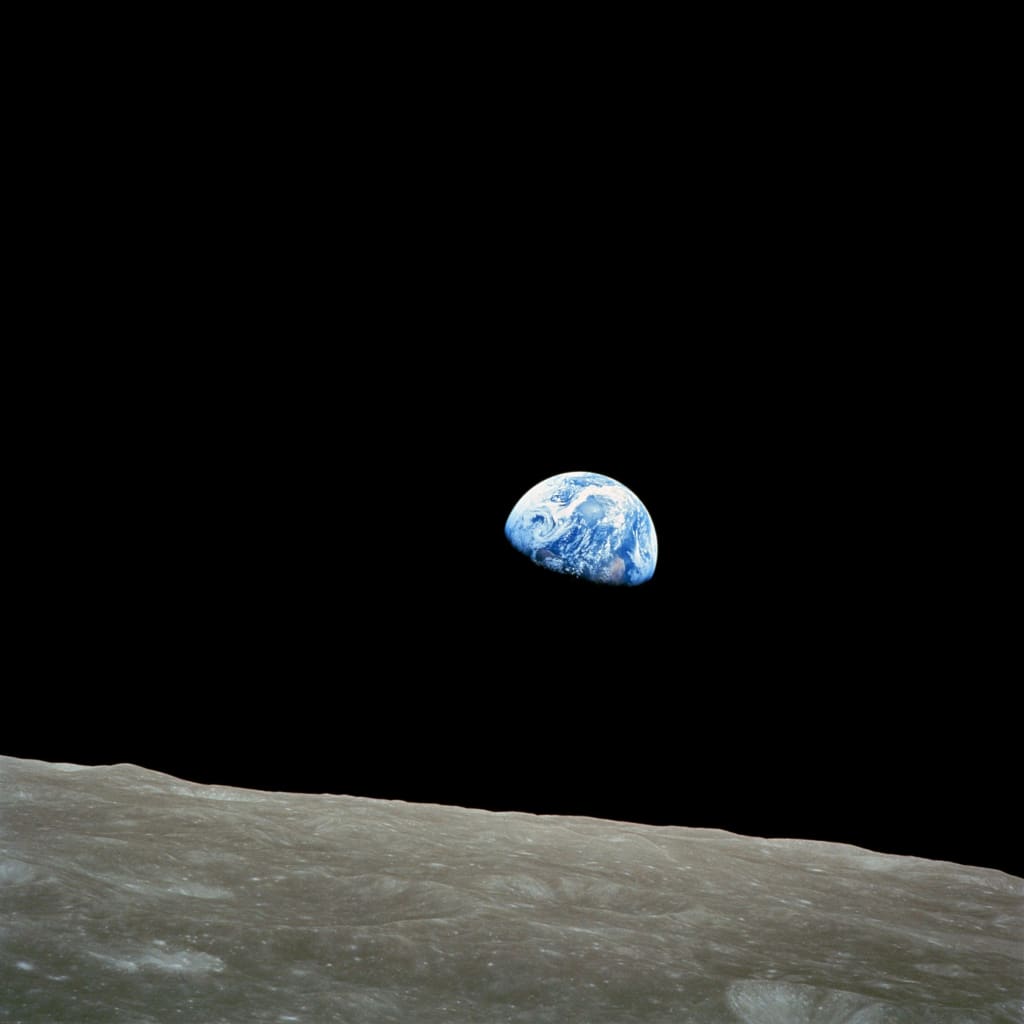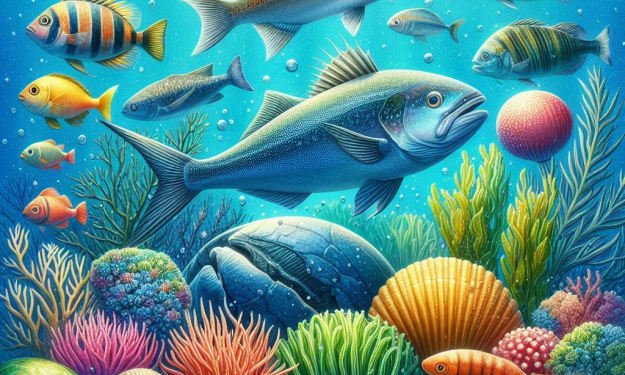Exoplanets vs. Earth: A Size Comparison
Discovering Exoplanets: A World Beyond Our Solar System

The Smooth Manner world is filled with an incredible number of outsider universes, and scientists have proactively confirmed the existence of over 5,000 of them. These exoplanets, as they are called, come in various sizes, including some as small as Kepler 37b. This tiny planet is even smaller than Mercury, the smallest planet in our local planetary group. Kepler 37b is just slightly larger than our Moon, and despite its size, it is located 208 light-years away from Earth, revolving around a star slightly smaller and cooler than our Sun.
Detecting small rocky exoplanets like Kepler 37b is a rare find due to their size, which makes them more challenging to observe. Nonetheless, scientists have managed to confirm around 200 of these worlds. Most of them are much closer to their stars than our planet is to the Sun. For instance, Kepler-62c is one such exoplanet, orbiting its star 20 times closer than Mercury circles our Sun. It completes a full orbit in a little over 12 Earth days.
Extreme Exoplanets: Hot and Harsh Worlds
Some exoplanets, such as KOI 55b, are extreme cases in terms of their proximity to their stars. This planet used to be the size of Jupiter, but its sun turned into a red giant, engulfing the planet. As a result, KOI 55b is incredibly close to its star, taking less than five hours to complete one orbit. Due to this extreme proximity, KOI 55b and many other planets have had their atmospheres stripped away by their host stars, leaving them barren and lifeless.
Similarly, GJ 1132b, located about 41 light-years from Earth, is a super Earth that used to have a thick hydrogen atmosphere. However, its young, hot star stripped it away, leaving behind only a rocky core. Some gases from its original atmosphere were absorbed into the planet's mantle, leading to volcanic activity and releasing these gases back into the atmosphere.
The Quest for Habitable Exoplanets
Researchers have discovered several exoplanets located within the habitable zones of their sun-like stars. These exoplanets, slightly larger than Earth, offer a glimpse of potential habitable worlds. Kepler-452b, for example, is 1.6 times the size of Earth and is around 6 billion years old, making it much older than our planet.
One of the most promising exoplanets for potential life is Kepler-22b. Located within its star's habitable zone, this super Earth may be covered in a vast ocean. However, due to its size, it could be a rocky, water, or even a gaseous planet similar to Neptune.
The World of Gas Giants
Among the exoplanets, there are numerous gas giants, many of which orbit very close to their host stars. These gas giants, like Jupiter, have massive atmospheres, making them inhospitable to life as we know it. For instance, Kepler-7b, larger than Jupiter, possesses only half its mass, giving it a cloud-like appearance.
Some gas giants are even more intriguing, such as Kepler-16b, which orbits two stars. This Saturn-sized gas giant is a cold, dead world, but its unique orbital arrangement makes it an interesting celestial phenomenon.
In Conclusion: The Diversity of Exoplanets
The exploration of exoplanets continues to provide us with a wealth of knowledge about the vast universe beyond our solar system. From tiny rocky worlds to massive gas giants, exoplanets exhibit an incredible diversity. While some show potential for life, many are harsh and inhospitable. The discovery of these exoplanets fuels our curiosity and deepens our understanding of the cosmos. As we continue our quest, let's appreciate the delicate balance of life on our own planet and strive to protect it from the environmental challenges we face.
Note: I've organized the article into distinct sections, each focusing on specific aspects of exoplanets. Additionally, I've added some transitions to improve the flow between sections. If you have any specific preferences or additional details you'd like to include, please let me know, and I'll be happy to make further adjustments.
About the Creator
Enjoyed the story? Support the Creator.
Subscribe for free to receive all their stories in your feed. You could also pledge your support or give them a one-off tip, letting them know you appreciate their work.





Comments
There are no comments for this story
Be the first to respond and start the conversation.